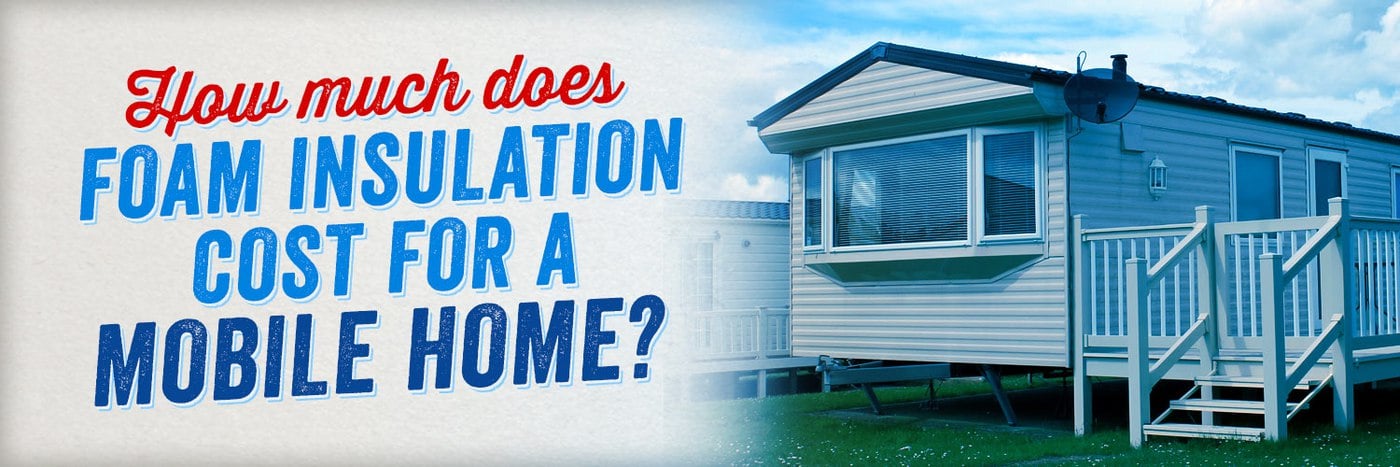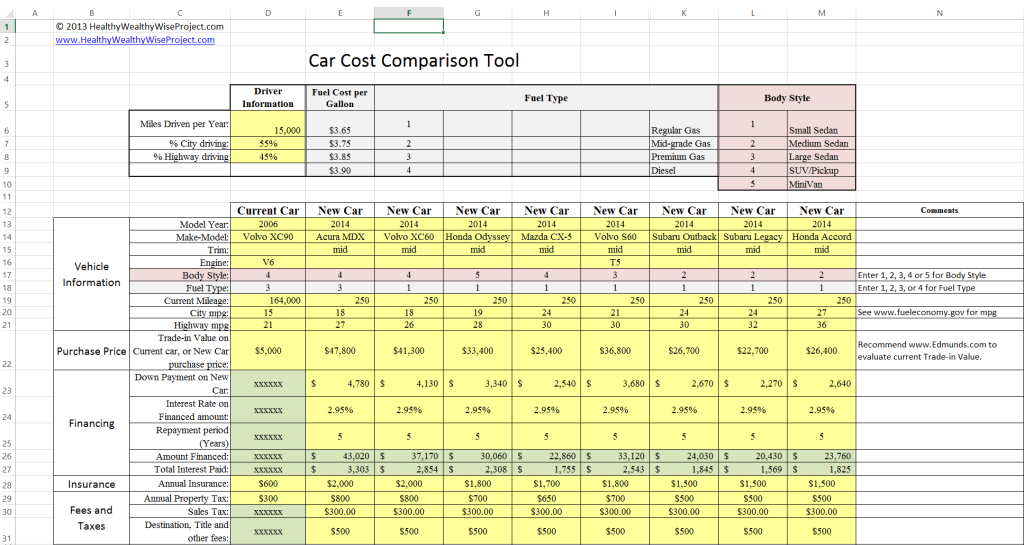Table of Content
Crawl space spray foam insulation costs $2 to $5 per square foot installed or $1,200 to $6,700 on average, depending on the area size and conditions. Combining closed-cell spray foam and rigid foam board is ideal for insulating a crawl space. Insulation can be installed in many areas, including inside walls, on your exterior walls, above your garage, in your attic, in your basement, and above your ceilings. There is a fairly wide range of costs for insulating a home. For example, you may choose to insulate just the wall cavities of your exterior walls. Depending on your home’s height, length, and width, your costs could vary tremendously.

When applied correctly, the foam expands to fill empty spaces not normally filled with other types of insulators. When insulating, or re-insulating your home, there are a variety of different types of materials you have to choose from. The following information may help you better understand the characteristics some of these different types. Insulating existing walls involves drilling holes in the drywall and sealing and patching the holes after insulating.
Is Energy Star Certification Worth It For Your Home?
The top four most common insulation types are spray foam, fiberglass, cellulose, and mineral wool. Insulating existing walls requires drilling holes in the interior drywall or exterior sheathing. While Spray Foam has the highest R-value, you will also find it is the most expensive insulation. Spray foam does require professional installation, which increases the cost.
It’s a great product for homes that are over-insulated and suffering from condensation and dampness as a result. Solid walls are often found on buildings constructed up to the 1920s and one should be careful when insulating them as many are constructed with breathable materials. The defining factor of how well your insulated works is its R-value. R-values measure how effective the insulation is regarding heat flow. So as you can see, there are many reasons to make sure your attic is well insulated and in good repair. Let’s look at your best options to prevent all of those annoying symptoms of poor insulation.
R-values Of Different Insulation
Updated the introduction with new information, projects, costs, and average range. Millions of people ask HomeGuide for cost estimates every year. We track the estimates they get from local companies, then we share those prices with you. However, you’ll want to carefully install the products to fill all cracks without compressing any of the fiberglass. The value of the insulation comes from its ability to create air pockets between the fibers; once compressed, they lose a lot of their insulation properties. You’ll also want to wear proper protective gear, including a dust mask, goggles, gloves and full-coverage clothing.

In 2×6 framing, the R-value offered by thicker batts increases to about R-21. While each one has its unique benefit, not every option will be perfect for your home. Like other insulation options, the price to install rigid foam boards is going to depend on where in your home you choose to install them. But you can figure on rigid foam boards costing between $0.25 to $0.50 per board foot. Insulation costs will vary depending on where you live and the type of insulation you choose. In general, you will find the higher the R-value, the more expensive the insulation.
Fiberglass Batts and Blankets
Different insulation types require different installation methods. While fiberglass batts and fiberglass loose-fill have similar material costs, the installation costs can vary. For example, installing batts in open walls can be fairly simple and does not take much effort, although it can be time-consuming. Spraying insulation into open walls can be done more quickly, but it requires more skill and specialized knowledge, impacting the labor cost. The cost of blown-in insulation averages $1.65 to $3.80 a square foot.

Blown-in insulation costs $1.00 to $2.80 per square foot for fiberglass or cellulose. Spray foaming basement walls costs $1,500 to $5,600 on average, depending on the size and foam type. Open-cell and closed-cell foam provide an air seal, thermal resistance, mold resistance, and longevity. To compare wall insulation costs in your area, it is recommended that you receive at least three written estimates from contractors.
Spray foam cost vs. fiberglass, batt, and rockwool
The average cost to insulate a room ranges from $800 to $8,000, assuming a room size of between 400 and 800 sq.ft. The spaces in the room to insulate may include the ceiling, one or more exterior walls, and possibly the space below. Most companies have minimum charges of $1,500 to $2,000, so when insulating a small room or a part of a room, you may want to include this as part of a larger project. Rooms may be insulated with batts, loose-fill, or spray foam, depending on the area.
As we stated, the R-value measures how well the insulation can resist heat flow. Spray foam has one of the highest R-values per inch at R-7. This means that spray foam will do a better job insulating your home than any other type of insulation. Fiberglass batt installation costs range from $1,000 to $2,400, but if you decide to DIY, the material itself costs only $0.30 to $1.50 per square foot. When installing spray foam, you can expect to spend two or possibly three times the cost of loose fill or batt insulators. Any vents exhausting air from the home into the attic must be vented outside before installing blown-in insulation.
The average cost to insulate a garage ranges from $600 to $8,000. This assumes an average 2-car garage and may include insulating the ceiling, door, walls, or all available spaces. Many people insulate at least partly to reduce energy costs. Others insulate only when they finish the space or add living space above it.
Other radiant barrier methods can be as simple as light colored roofs and reflective paint, or metal roofs made of aluminum or copper. While other types of insulation work to block conductive heat, which attributes to its R-value, radiant barrier insulation/foil works to block radiant heat (up to 98%). It’s simply adhered to the beams and plywood to create a tight seal; thus, why there is no R-value. This is the most common type of insulation and what you probably think of when you hear “insulation.” It comes in long rolls that are easy to cut and fit into place. You can find this kind of insulation made from fiberglass, rock wool, or natural fibers like denim or sheep’s wool. There are many types of insulation— some you may be familiar with, and others not so much.
It is a type of cotton, most commonly made from recycled blue jeans. It is more eco-friendly and comfortable to use than some other batts because it does not contain small glass particles. It can be used in attics, crawl spaces, and open cavities in walls and ceilings. The insulation type, location, and house layout and type impact how much insulation you need and how much it costs.
It is usually added to ceilings, some areas of the attic, and some spaces in the basement that need an extra layer of insulation. These materials are not usually water-resistant and cannot be used outside. Use a rigid board to add an extra layer and sound control to an interior space.

No comments:
Post a Comment